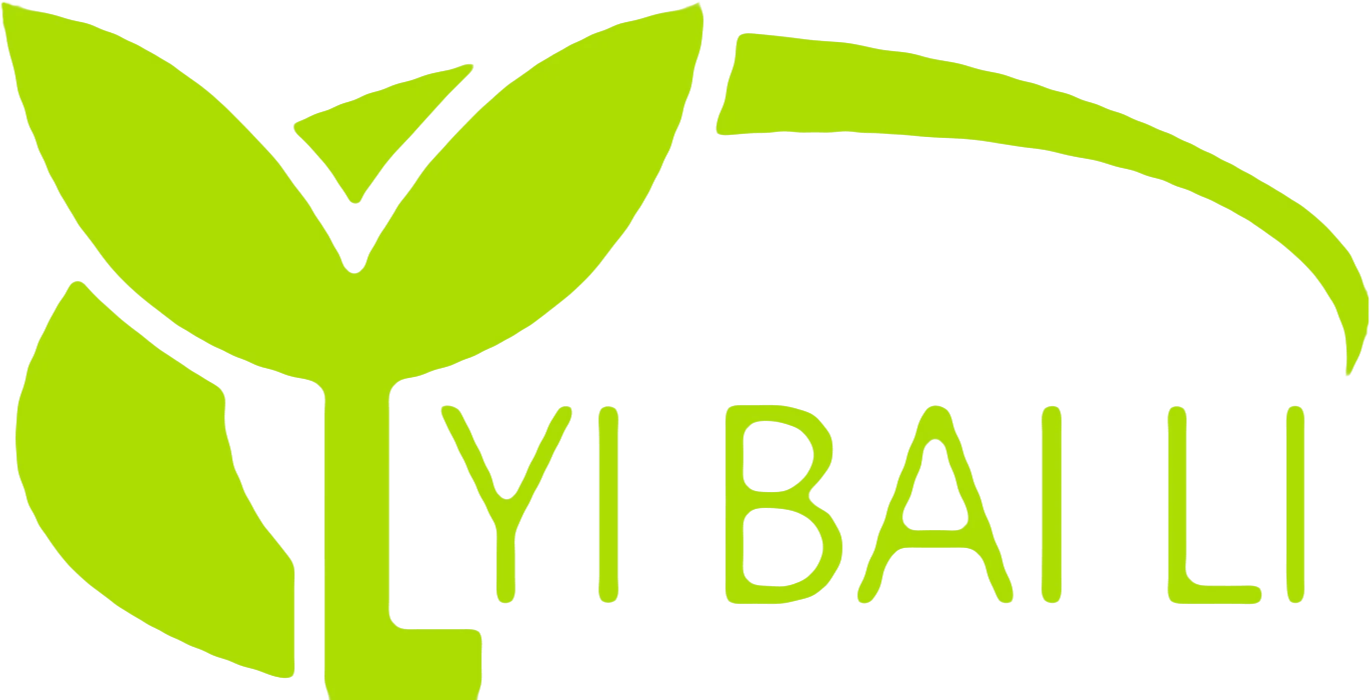Snack food sellers make your products pop with eye - catching packaging
Anyone who shops for snacks knows this already. Walk into any grocery store and glance at those shelves packed with chips, crackers, and candy bars. Our eyes naturally get pulled toward specific packages without even thinking about it. Research backs this up too. Around seventy percent of people actually decide what to buy while standing in front of these products. Think about that for a second. Packaging really does influence our choices more than we realize, sometimes beating out factors like brand recognition or previous experience with similar items. When faced with so many different options in stores today, snack packaging acts almost like a salesperson, screaming its benefits and quality straight at potential buyers from across the aisle.
When shopping for snacks in today's packed aisles, what grabs our attention first? Packaging, no doubt. Much like meeting someone at a party, first impressions count big time. Take brands such as Takis with those spicy ranch flavored rolled chips or MYJOOL that sells convenient date snacks. These companies get it completely. Their colorful boxes and distinctive designs act almost like magnets, stopping shoppers dead in their tracks. We find ourselves pausing right there among hundreds of other packages just to check them out. That moment when we notice something different on the shelf? That's exactly what good packaging does. Companies spend tons of money trying to break through all the competition, but sometimes all it takes is one striking package design to make consumers curious enough to give their product a try, regardless of how crowded the market gets.
Current Trends in Snack Food Packaging
The snack food packaging landscape these days revolves around two main movements. Minimalist design has become increasingly prominent lately. Think packages with clean lines and straightforward messaging that actually makes sense at a glance. Many people seem to appreciate this shift toward simplicity. Consumers tend to gravitate towards these designs because they communicate brand values without all the extra noise. When companies strip away unnecessary elements, they focus attention where it belongs. After all, who doesn't want clarity when shopping? Most minimalist packages feature earthy tones and basic typography, creating an impression of authenticity rather than marketing fluff. Brands adopting this approach appear genuine, almost as if they're telling customers, "We exist for real reasons and our products deliver exactly what we promise."
A totally different strategy is gaining traction in the marketplace right now. Bright, colorful packaging aims straight at younger demographics. These packages stand out on shelves with their bold graphics and dynamic visuals that scream youth culture. They seem to tap into what matters most to Gen Z buyers who want products that reflect their individuality. Companies have figured out that when they go big with color schemes and creative design elements, something clicks emotionally with customers. This isn't merely about moving boxes off store racks anymore. The goal becomes creating experiences around products that stick in memory banks. Market trends show this approach actually works well. Teenagers and young adults gravitate toward these eye-catching designs, which helps establish brand allegiance over time. Packaging remains one of those underrated yet incredibly effective ways businesses connect across generations.
Creating Packaging That Stands Out
Snack packaging design really hinges on something called color psychology, kind of like a hidden tool in a brand's toolkit. Colors do all sorts of things to our feelings and what we think about products. Take red and yellow for instance. These colors just seem to light people up, making them feel energetic and hungry at the same time. Think about most fast food logos out there. Yep, they go for red and yellow because it works. Green is another interesting one. It screams healthiness and nature to most folks. Companies selling organic or nutritious snacks tend to slap some green on their boxes or bags. Getting how colors work together lets brands craft packages that stand out among other products while also creating specific feelings in consumers. Pretty much, brands are painting stories through colors and trying to form connections without saying anything directly.
Typography plays a critical role in snack packaging design beyond mere visual appeal. When we talk about fonts, sizes, and placement on packaging, these elements actually communicate the brand's personality to consumers. For instance, inconsistent typography across product lines creates confusion among shoppers who might struggle to connect different items under the same brand umbrella. That consistency acts as invisible glue binding various products into one recognizable family. Consider what happens when someone spots the same distinctive lettering style across multiple packages at the grocery store shelf – recognition builds familiarity, which eventually translates into trust over time. Brands catering to teenagers often opt for bold, quirky typefaces that scream energy and excitement, while premium snack lines tend to favor minimalist sans-serif fonts that project elegance and quality. Beyond looks alone, thoughtful typographic choices form the backbone of effective brand storytelling strategies in competitive retail environments.
Innovations in Sustainable Snack Packaging
Snack packaging is undergoing significant transformation as environmental concerns grow across industries. The market shows clear movement toward eco-friendly alternatives, driven largely by consumer demand for greener products. Many companies now incorporate biodegradable and recyclable materials into their packaging designs, though adoption varies widely among manufacturers. Imagine what could happen if sustainable practices became standard industry practice; waste reduction would likely reach unprecedented levels. Major corporations have begun investing in innovative solutions such as plant-based plastics and compostable film technology. One notable company in this space is NatureFlex, which produces compostable films capable of breaking down within several weeks under proper conditions. While still relatively new to mainstream markets, these developments represent promising steps toward reducing plastic waste in food packaging sectors worldwide.
What's behind this transformation? Consumer demand for environmentally friendly packaging solutions is growing steadily. Recent market research indicates that approximately 60% of shoppers favor brands utilizing sustainable packaging methods these days.相当可观的数字. As consumer preferences evolve, businesses are responding by developing innovative alternatives. Some manufacturers experiment with post-consumer recycled content while others invest in compostable materials derived from plant sources. The motivation extends beyond simply satisfying customer expectations it also represents genuine efforts to reduce environmental footprint. Observing how shifting purchasing behaviors influence industrial practices remains fascinating, particularly when considering the tangible effects on waste reduction initiatives across various sectors.
Highlighting a Product: Instant Mashed Potatoes Paper Cup
The Instant Mashed Potatoes Paper Cup stands out from regular disposable cups in several ways. Constructed with two layers of premium food-grade paperboard, these cups offer exceptional durability. No need to fret over potential leaks during transportation or handling. For busy individuals constantly moving between meetings or errands, having an easy-to-carry snack solution makes all the difference. While designed specifically for instant mashed potatoes, the versatility extends beyond that single application. These cups work equally well with various instant foods including noodles, rice dishes, oatmeal preparations, and numerous soup varieties. The design thinking behind this product clearly considers practical everyday needs.
This cup just works so well! Practical yes, but what stands out is how green it actually is. People seem to be getting more concerned about what happens to their stuff after they toss it these days. The double wall design with those PE or PP coatings makes it last longer than most disposable cups. Plus, food stays warm way better than regular paper cups do. Honestly, someone who designs something this functional while still being kinder to the planet deserves some credit. When grabbing coffee on the go or packing leftovers for lunch, this Instant Mashed Potatoes Paper Cup handles everything without making me feel guilty about throwing it away later.
Intant mashed potatoes paper cup
These instant noodle and rice paper cups and bowls come from double layered paperboard that stands up to wear and tear. The PE coating inside keeps everything secure even when serving steaming hot meals, no leaks whatsoever. What really stands out is how adaptable they are. Pack up ramen, hearty soups, or even breakfast porridge without issues. We designed these containers thinking about today's busy routines where people need something quick but still want eco friendly options. Plus, since they break down naturally over time compared to plastic alternatives, it feels good knowing we're making choices that matter for planet earth.

 EN
EN
 FR
FR
 JA
JA
 RU
RU
 ES
ES
 AR
AR
 BG
BG
 CS
CS
 DA
DA
 NL
NL
 FI
FI
 DE
DE
 EL
EL
 HI
HI
 IT
IT
 KO
KO
 NO
NO
 PL
PL
 PT
PT
 RO
RO
 SV
SV
 TL
TL
 ID
ID
 LT
LT
 SR
SR
 UK
UK
 VI
VI
 HU
HU
 TH
TH
 TR
TR
 FA
FA
 AF
AF
 MS
MS
 GA
GA
 EU
EU
 LA
LA
 NE
NE
 KK
KK
 UZ
UZ
